Starting a Bankruptcy Case under Bankruptcy Law
Starting a Bankruptcy Case under Bankruptcy Law
1. Overview
Bankruptcy is a legal process designed to help individuals or businesses who cannot repay their debts. It provides relief by either discharging debts or restructuring them under court supervision. Starting a bankruptcy case involves several procedural and substantive steps governed by the Bankruptcy Code.
2. Types of Bankruptcy Cases
The most common types of bankruptcy cases for individuals and businesses are:
Chapter 7: Liquidation bankruptcy where the debtor’s non-exempt assets are sold to pay creditors.
Chapter 13: Reorganization bankruptcy for individuals with a regular income, allowing repayment plans over 3-5 years.
Chapter 11: Reorganization primarily for businesses but also available to individuals, focusing on restructuring debts.
3. Steps to Start a Bankruptcy Case
Step 1: Filing the Petition
The bankruptcy case begins when the debtor files a petition with the bankruptcy court.
The petition can be voluntary (filed by the debtor) or involuntary (filed by creditors under certain conditions).
The petition must include:
Schedules of assets and liabilities
Statement of financial affairs
Income and expenses
List of creditors
Step 2: Automatic Stay
Immediately upon filing, an automatic stay goes into effect.
This stops most collection actions by creditors, including lawsuits, garnishments, and foreclosures.
Step 3: Appointment of Trustee
In Chapter 7 and 13 cases, a trustee is appointed to oversee the case.
The trustee reviews the debtor’s documents, liquidates assets if applicable, and distributes funds to creditors.
Step 4: Creditors’ Meeting (341 Meeting)
About a month after filing, the debtor attends a creditors’ meeting.
Creditors and the trustee can question the debtor under oath about financial affairs and bankruptcy documents.
Step 5: Discharge or Plan Confirmation
In Chapter 7, after liquidation and no objections, the debtor receives a discharge releasing them from many debts.
In Chapter 13 and 11, a repayment plan is proposed and must be confirmed by the court.
4. Involuntary Bankruptcy
Creditors may initiate an involuntary bankruptcy petition against a debtor who owes them money and is not paying.
The Bankruptcy Code sets conditions and thresholds (e.g., number of creditors, amount owed) for involuntary filings.
The court will decide whether to grant relief and start the case.
5. Case Law Examples
Case 1: Local Loan Co. v. Hunt, 292 U.S. 234 (1934)
Summary: The U.S. Supreme Court held that the Bankruptcy Court’s jurisdiction is triggered by the filing of the petition.
Holding: Once a bankruptcy petition is filed, the court acquires exclusive jurisdiction over the debtor’s estate.
Legal Principle: Filing the petition initiates the bankruptcy case and court’s authority.
Case 2: Marrama v. Citizens Bank of Massachusetts, 549 U.S. 365 (2007)
Facts: The debtor tried to convert a Chapter 7 case to Chapter 13 after the petition was filed.
Holding: The Supreme Court ruled that conversion is not a right if the debtor acted in bad faith.
Implication: Courts have discretion to deny conversion depending on circumstances surrounding the bankruptcy petition.
Case 3: In re McCullough, 142 B.R. 987 (Bankr. N.D. Ohio 1992)
Facts: A creditor filed an involuntary petition, but the debtor disputed the claim.
Holding: The court ruled that the involuntary petition was proper as statutory requirements were met.
Legal principle: Creditors can initiate bankruptcy under specific statutory conditions to protect their interests.
6. Key Considerations When Starting a Bankruptcy Case
Eligibility: Debtors must meet eligibility requirements, such as income limits for Chapter 7.
Accurate Disclosure: Complete and truthful financial disclosure is mandatory.
Credit Counseling: Debtors must complete credit counseling before filing.
Filing Fees: There are court filing fees unless waived.
7. Summary
Starting a bankruptcy case involves filing a petition with detailed financial disclosures, triggering the court’s jurisdiction and the automatic stay, and engaging with trustees and creditors throughout the process. The process varies by bankruptcy chapter and can be voluntary or involuntary. Case law such as Local Loan Co. v. Hunt and Marrama clarifies key procedural aspects and court discretion in bankruptcy filings.


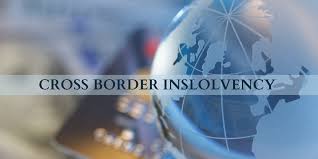







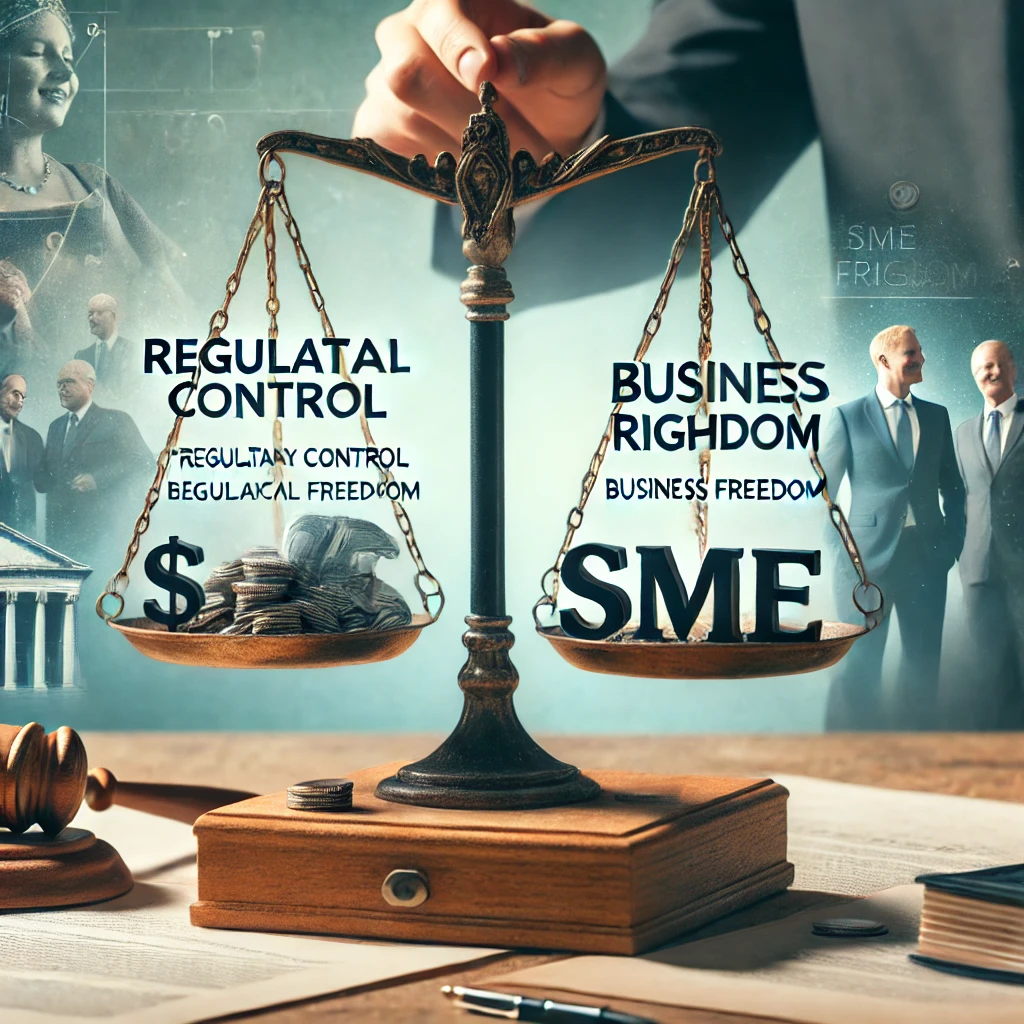




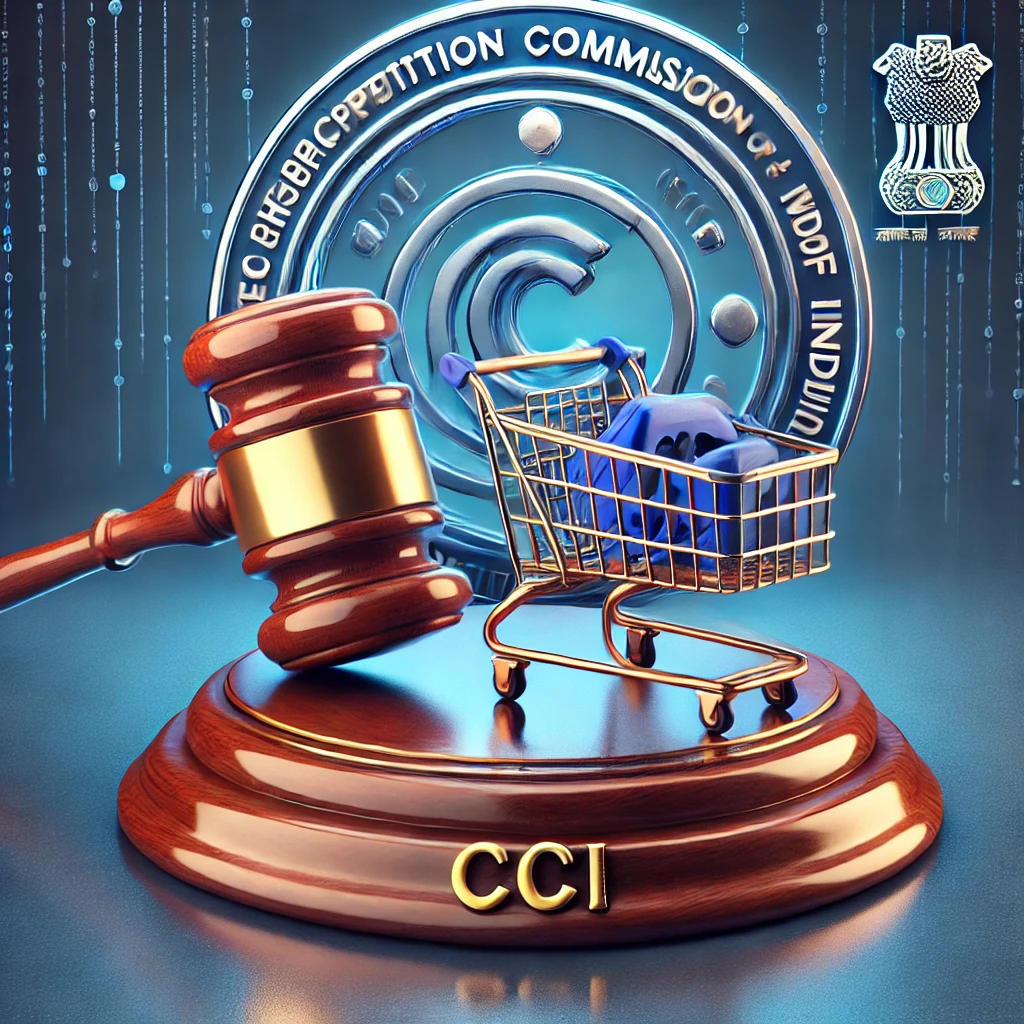





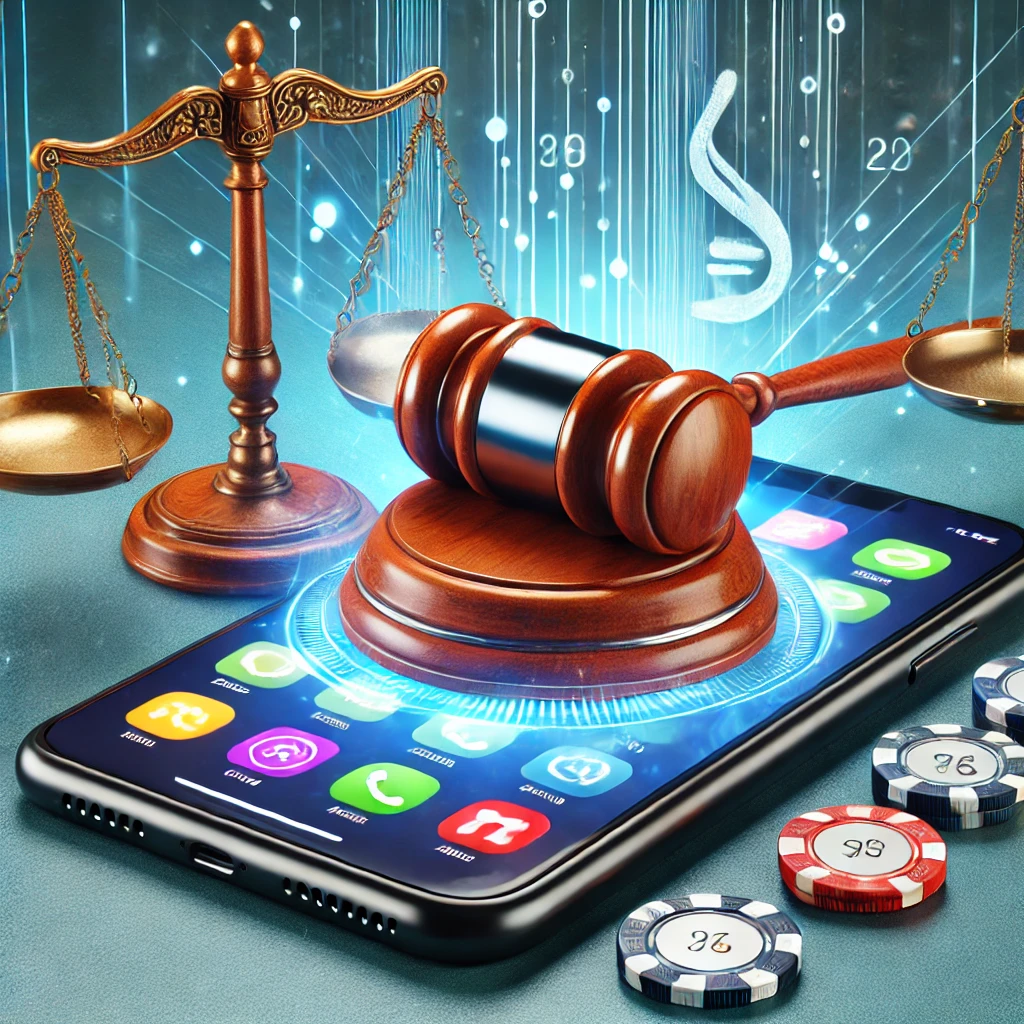

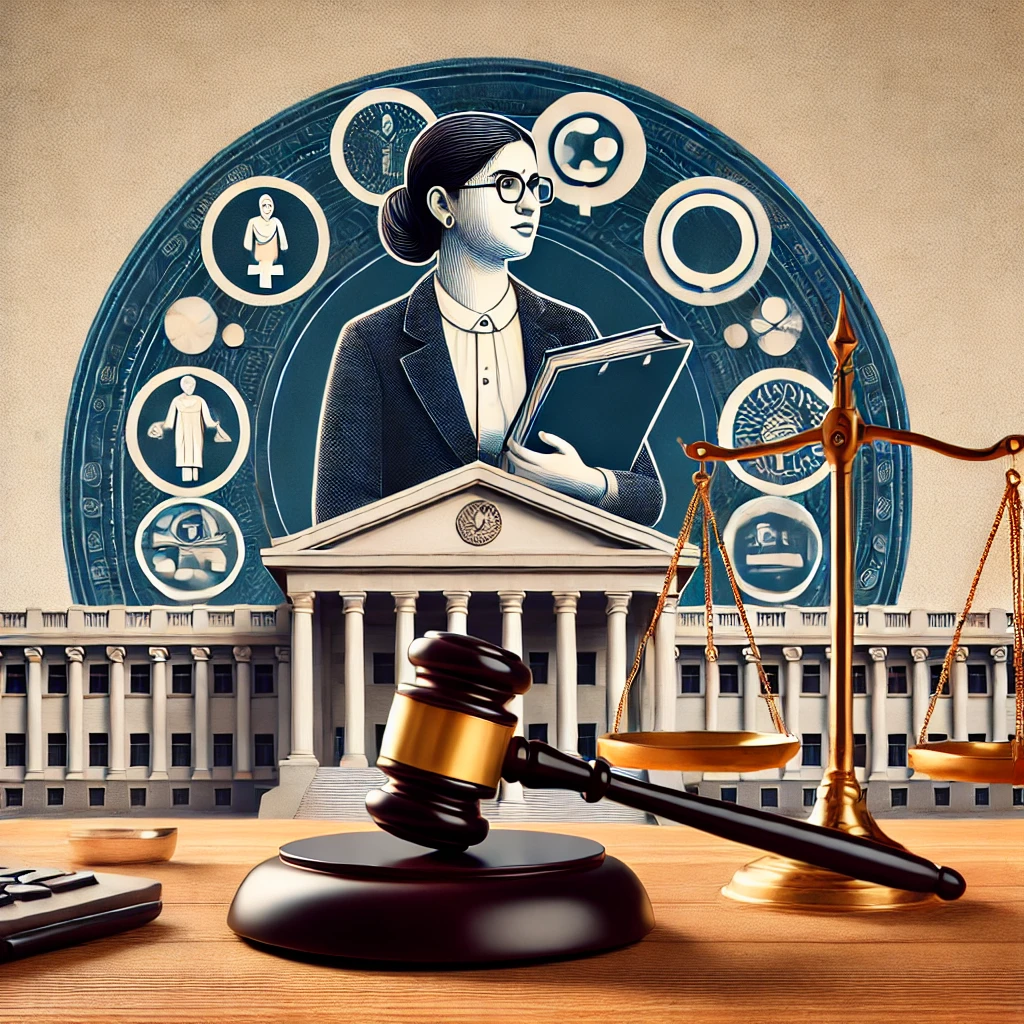
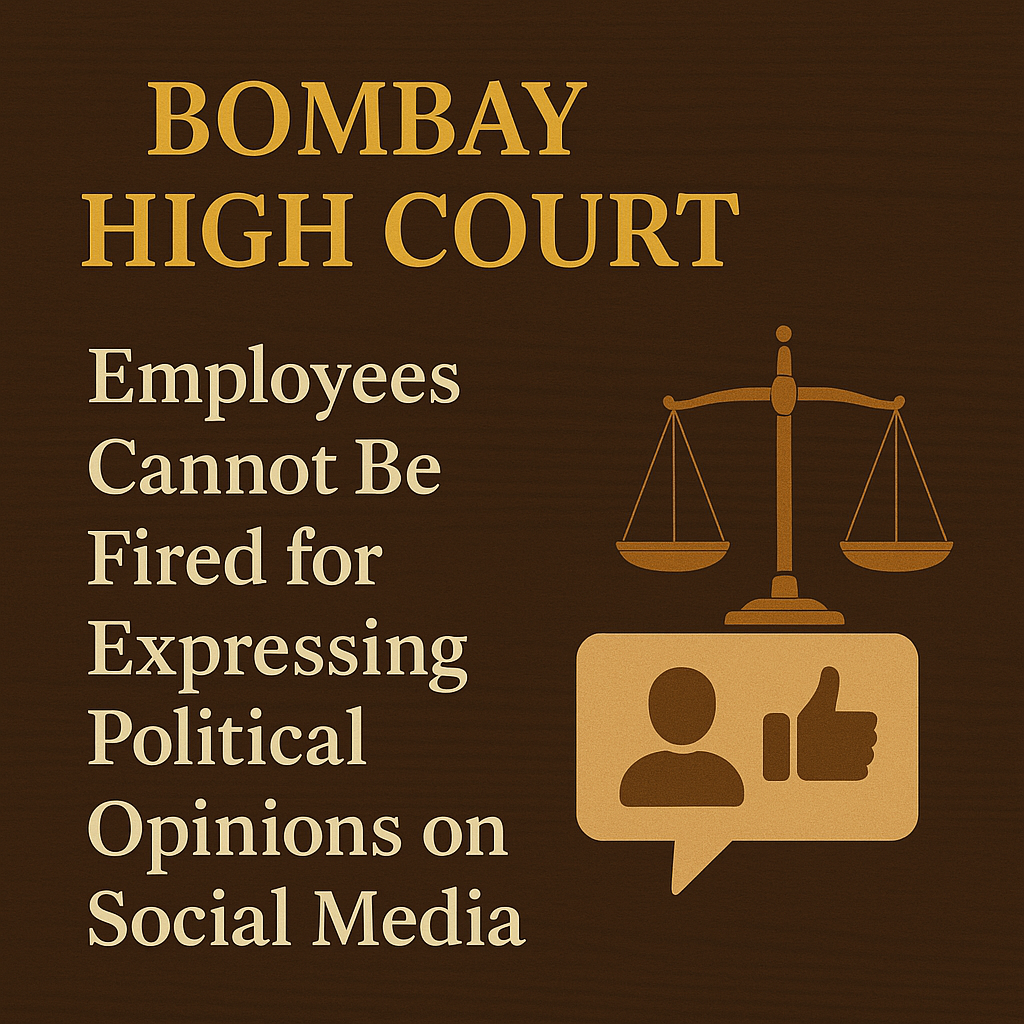


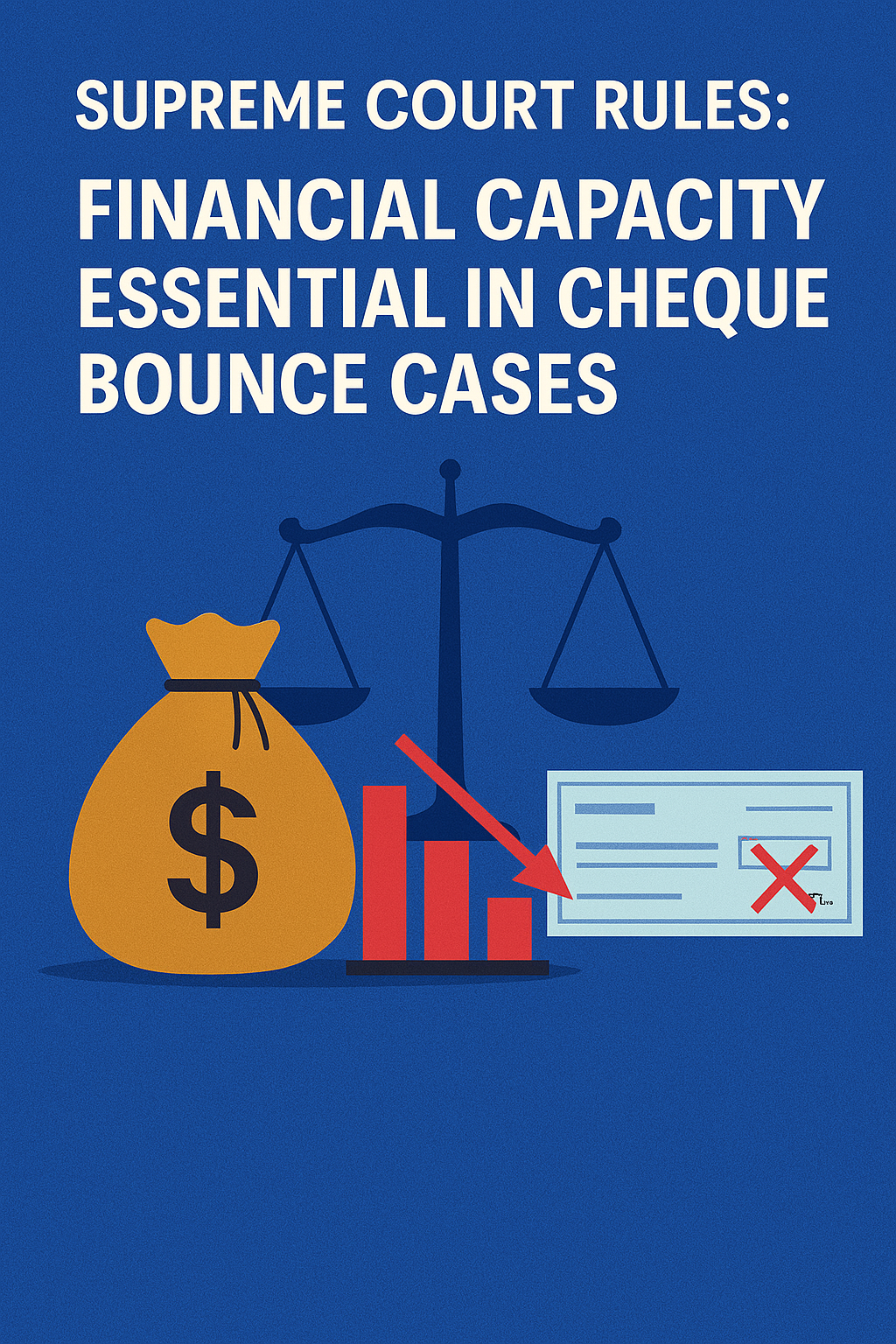
0 comments